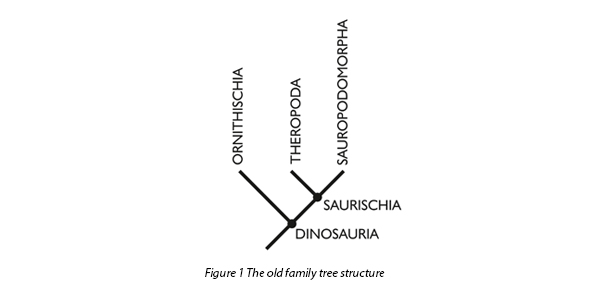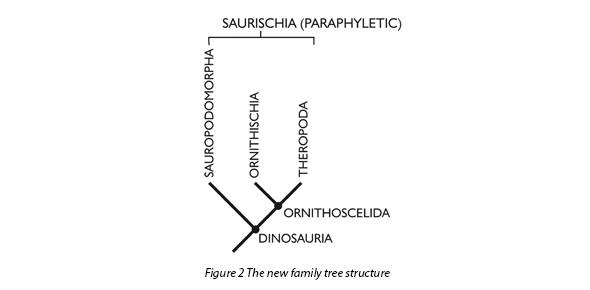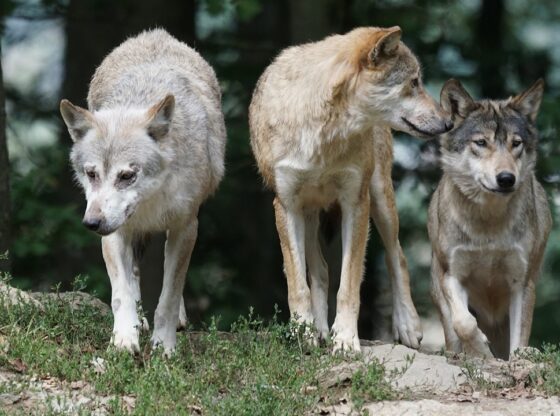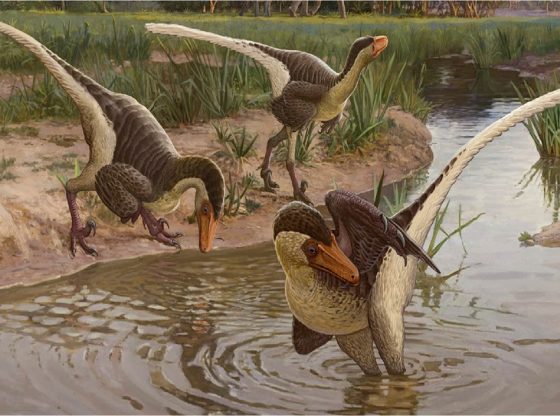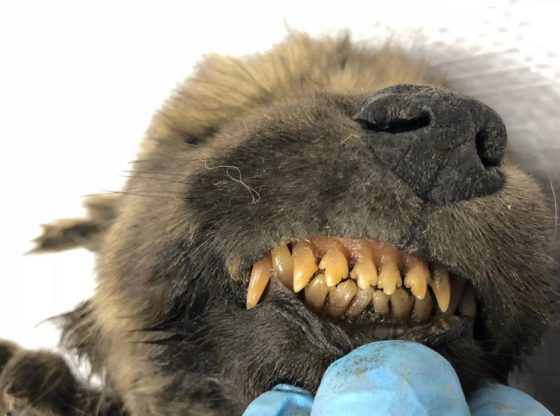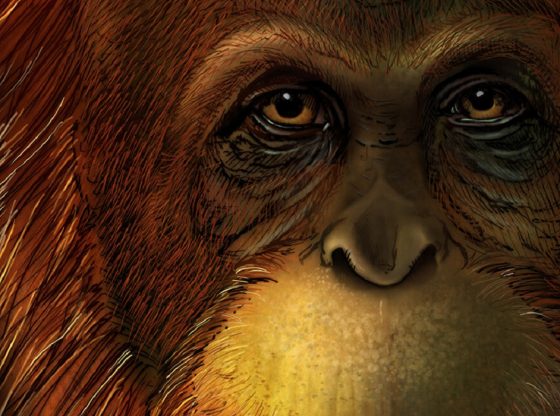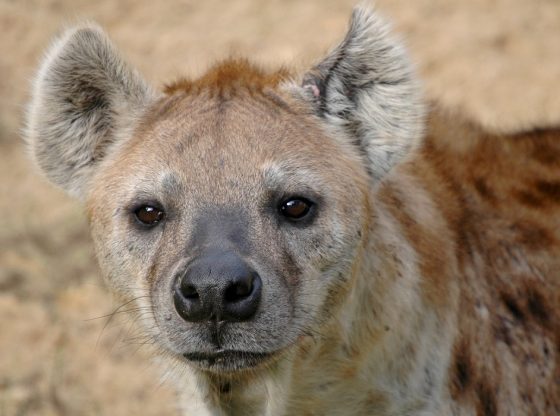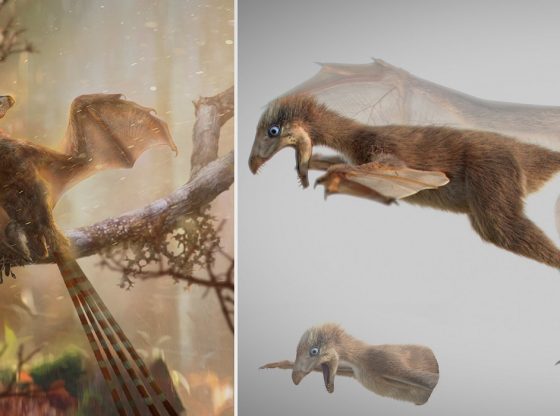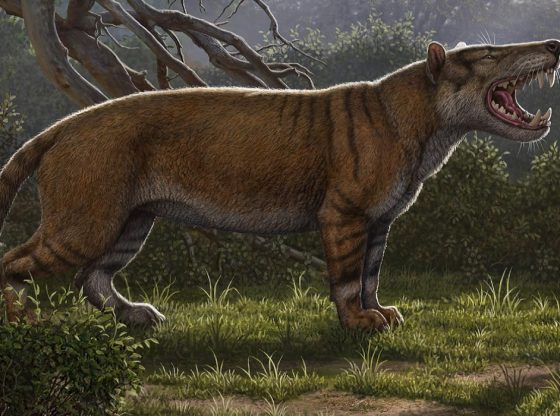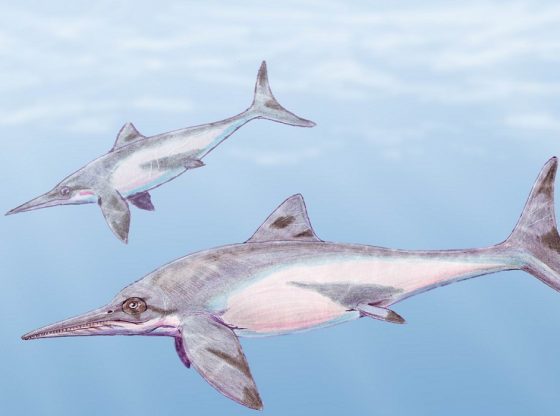We all know that dinosaurs were a separate species and how each subspecies were related – or do we. New research shows that much of what we know could be turned on its head.
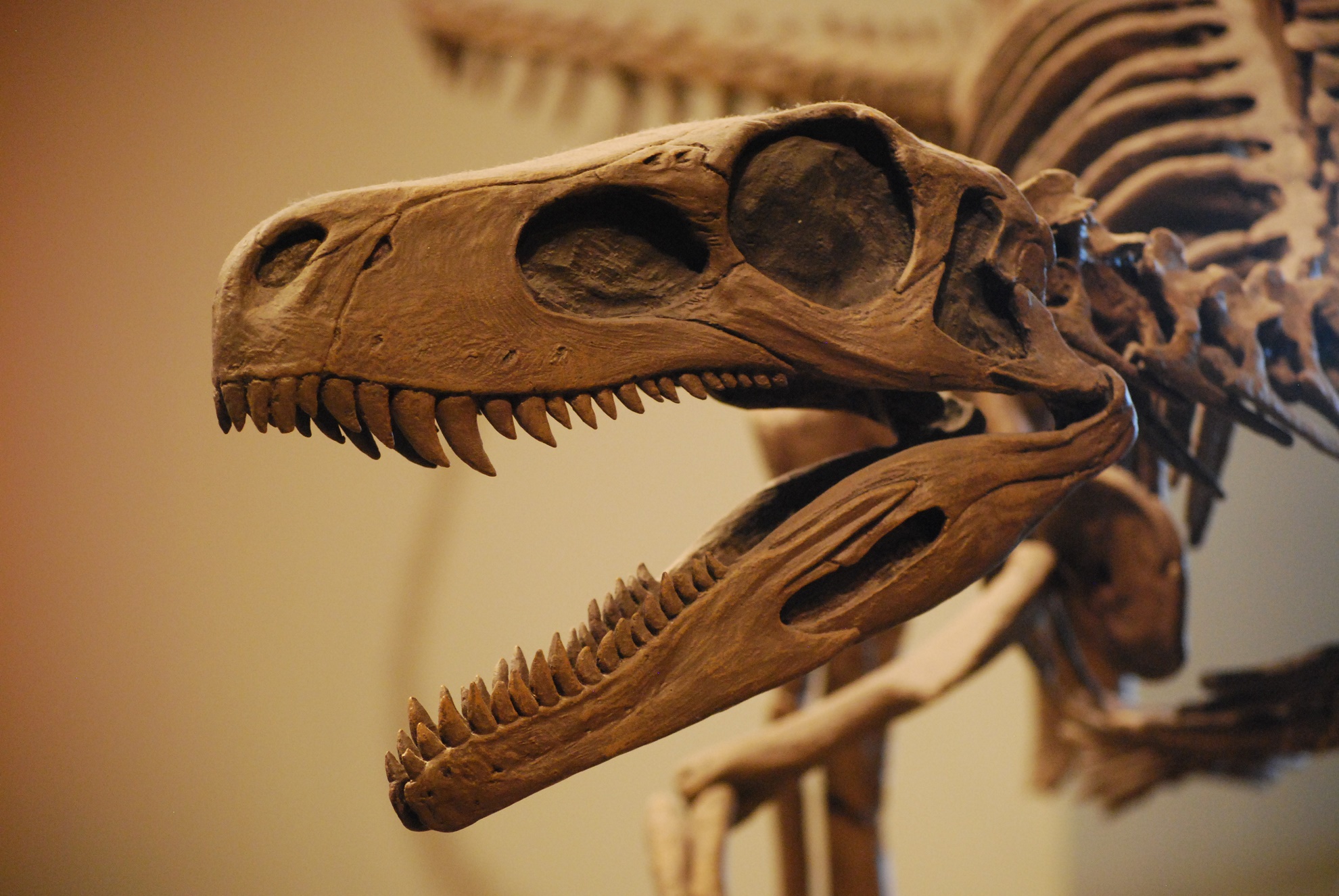
Traditionally, dinosaurs have been divided into three major groups. One group named ‘Theropoda’ that includes the large carnivorous dinosaur Tyrannosaurus Rex and the precursor dinosaurs to our present day birds. A second group named ‘Ornithischia’ that includes herbivores such as Stegosaurus and a third group ‘Sauropodomorpha’ that includes the colossal herbivores such Brachiosaurus.
But here arises a problem, because there is a fourth group of dinosaurs called the Herrerasauridae – whose location on the evolutionary tree has been more difficult to determine. It is older than any other dinosaurs found but how it relates to the other dinosaurs are not entirely clear. Some scientists think they belong near other meat eaters, the theropods, while others say the herrerasaurids are not quite dinosaurs at all.
Now, a solution to this problem has been proposed by a group of researchers publishing their results in the journal Nature. Through advanced computer modeling, they have been able to show how this fourth group can be placed into a separate branch as a close relative of the Sauropods.
The researchers entered more than 400 anatomical traits from all kinds of dinosaurs into their computer model, giving them a specific value. For example, an extra bone in the vertebrate might receive value 1, while no such bone receive a value 0, and so on.
The computer then calculated various possible evolutionary scenarios for dinosaur kinship, and even if these results are accompanied with many assumptions, the researchers argue that there may be reason enough to redraw the dinosaurs family tree based on their new results.
Their models indicate that the Tyrannosaurus-type of dinosaurs are closer related to the herbivorous Stegosaurus. This would make a lot of sense since both of these groups show signs of feathers.
The new family tree produces four subgroups atop two main branches. With the bird-hipped ornithischians, which used to live on their own lone branch, now share a branch with the reptile-hipped theropods like T. rex. The Sauropod (like Brachiosaurus) branch are moved from the theropod branch to now reside on a branch with the meat-eating herrerasaurids instead.
“This study radically redraws the dinosaur family tree, providing a new framework for unravelling the evolution of their key features, biology and distribution through time. If we’re correct, it explains away many prior inconsistencies in our knowledge of dinosaur anatomy and relationships and it also highlights several new questions relating to the pace and geographical setting of dinosaur origins”.
– Co-author, Prof Paul Barrett, of the Natural History Museum
The oldest dinosaur fossils have been recovered from South America which suggests that the earliest dinosaurs originated there. But as a result of this new study, it is now thought they could just as easily have originated on the northern landmass known as Laurasia, though it must be recognized that all continents were much closer together at this time.
Reference:
Matthew G. Baron, David B. Norman & Paul M. Barrett et al. A new hypothesis of dinosaur relationships and early dinosaur evolution Nature 543, 501–506 (23 March 2017) doi:10.1038/nature21700

